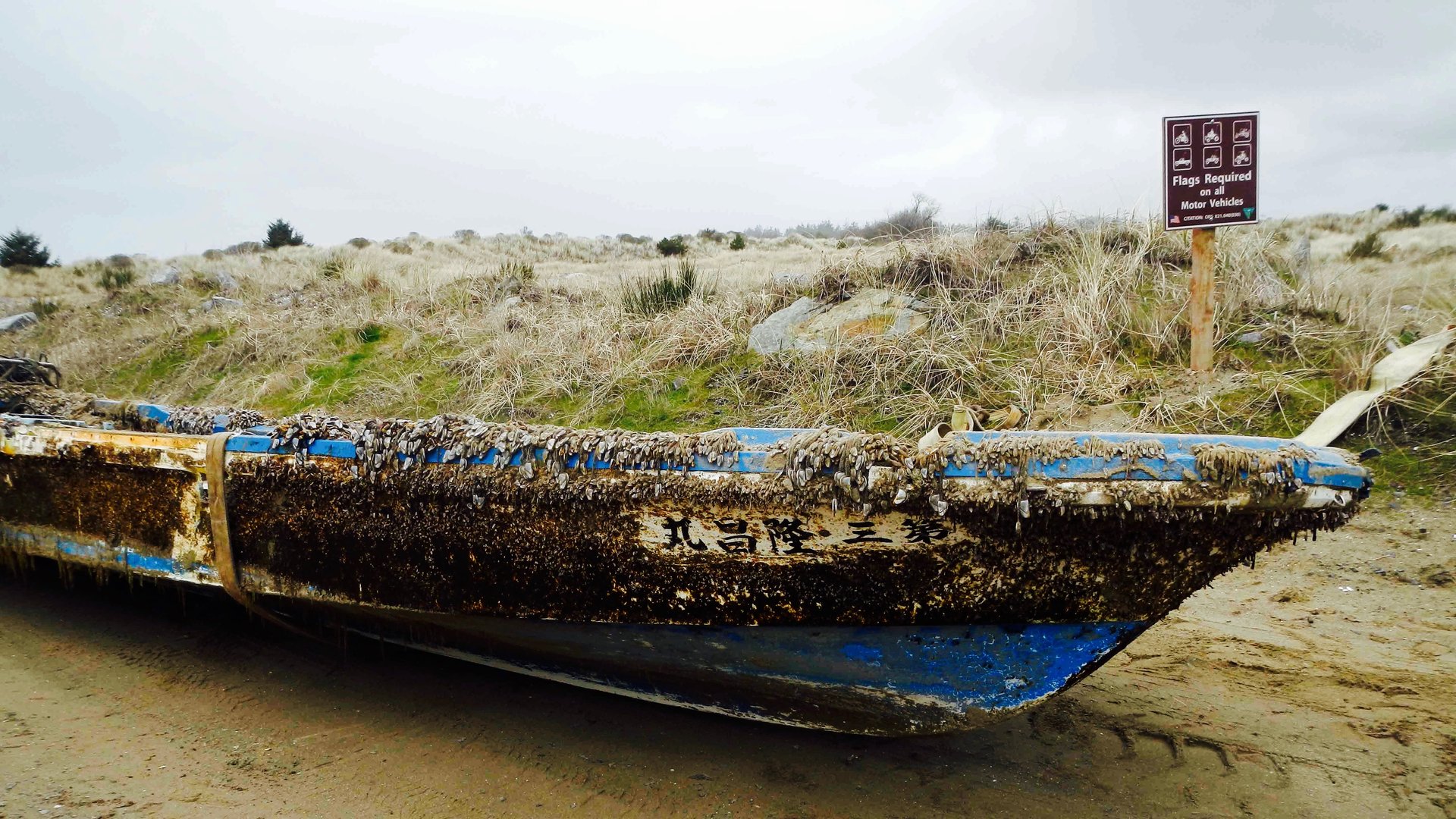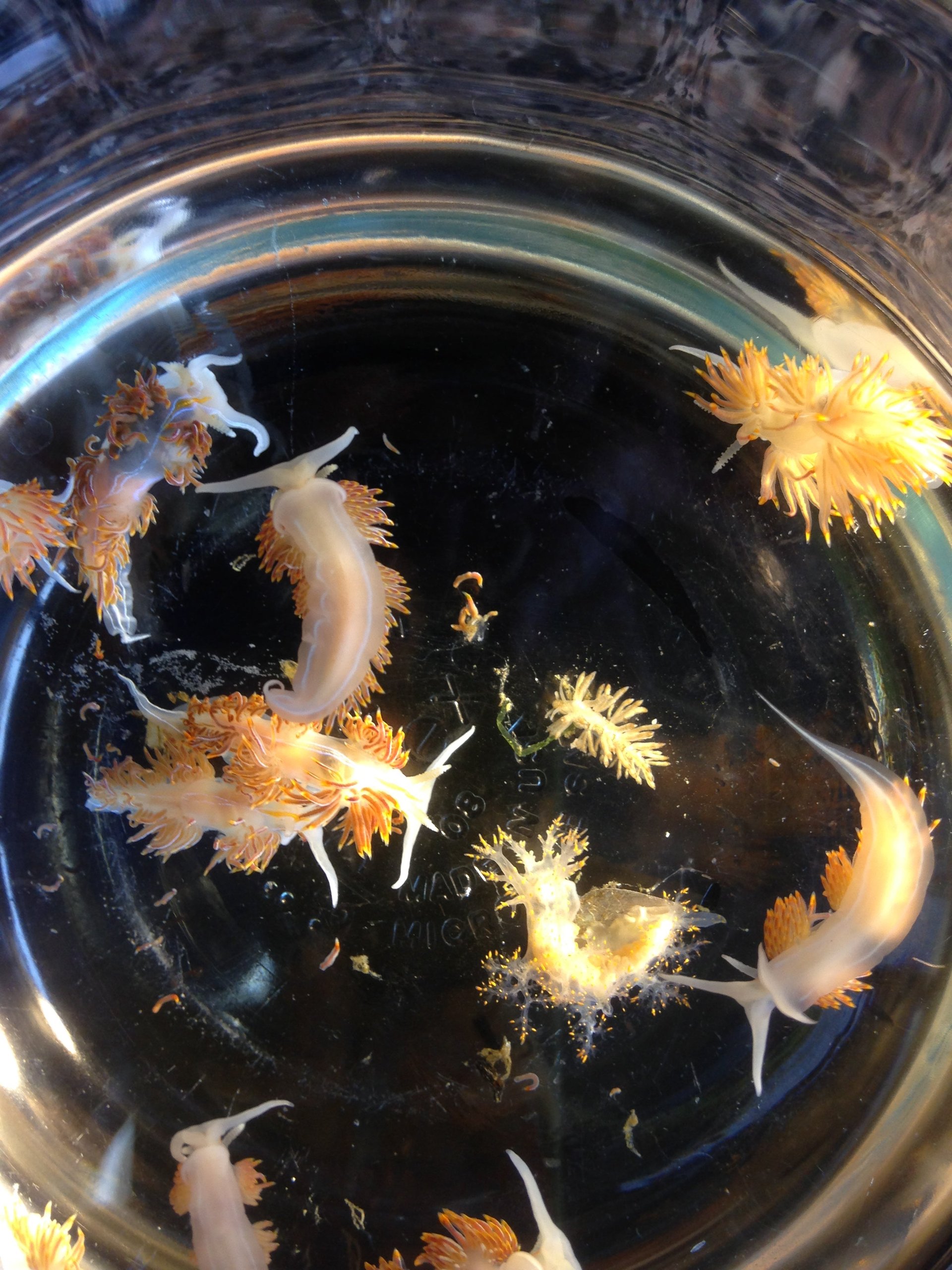Sea creatures fled the Japanese tsunami on plastic rafts and travelled all the way to US shores
Aquatic species apparently respond to crisis like humans do, fleeing when home is uninhabitable, sometimes surviving treacherous journeys on makeshift rafts, and showing up unexpectedly in new territory.


Aquatic species apparently respond to crisis like humans do, fleeing when home is uninhabitable, sometimes surviving treacherous journeys on makeshift rafts, and showing up unexpectedly in new territory.

In March of 2011, an earthquake and tsunami off the Pacific coast of Japan near Tohoku severely disrupted life on land and at sea. Waves as high as 125 ft swept millions of objects off the coast and into the ocean, including docks, boats, and random plastic things—all of which have aided aquatic animal refugees. Marine biologists from the Smithsonian Environmental Research Center in Maryland and Oregon State University report in Science today (Sept. 28) that, after five years of study, these objects continue to arrive in US waters, with alien sea species aboard who miraculously survive the long, treacherous journey.
Between 2012 and 2017, scientists counted 289 sea species from Japan washing up on western US coasts, like in Hawaii and Oregon. They arrive intact on makeshift rafts of fiberglass, plastic and other manmade materials. The marine biologists believe that these sea species can survive because their oceancraft, often made of human debris from the tsunami, don’t decompose like those made of natural materials, like wood, for example. The synthetic rafts are more durable and probably travel slowly, they posit, allowing the tiny sea creatures accustomed to the comforts of the coast to unexpectedly survive the harsh conditions on their transoceanic travels.
“I didn’t think that most of these coastal organisms could survive at sea for long periods of time,” Smithsonian marine biologist Greg Ruiz, a study co-author, said in a statement. “But in many ways they just haven’t had much opportunity in the past. Now, plastic can combine with tsunami and storm events to create that opportunity on a large scale.”
Most of the species washing up on these wandering rafts have never been seen on US shores. They include mollusks, hydroids, worms, colonies of crustaceans, and more.
So far, none of these seem to have colonized local shores. But John Chapman of Oregon State University, a study co-author, says it’s too soon to tell yet what these refugees will do next. It can take time for them to settle in.